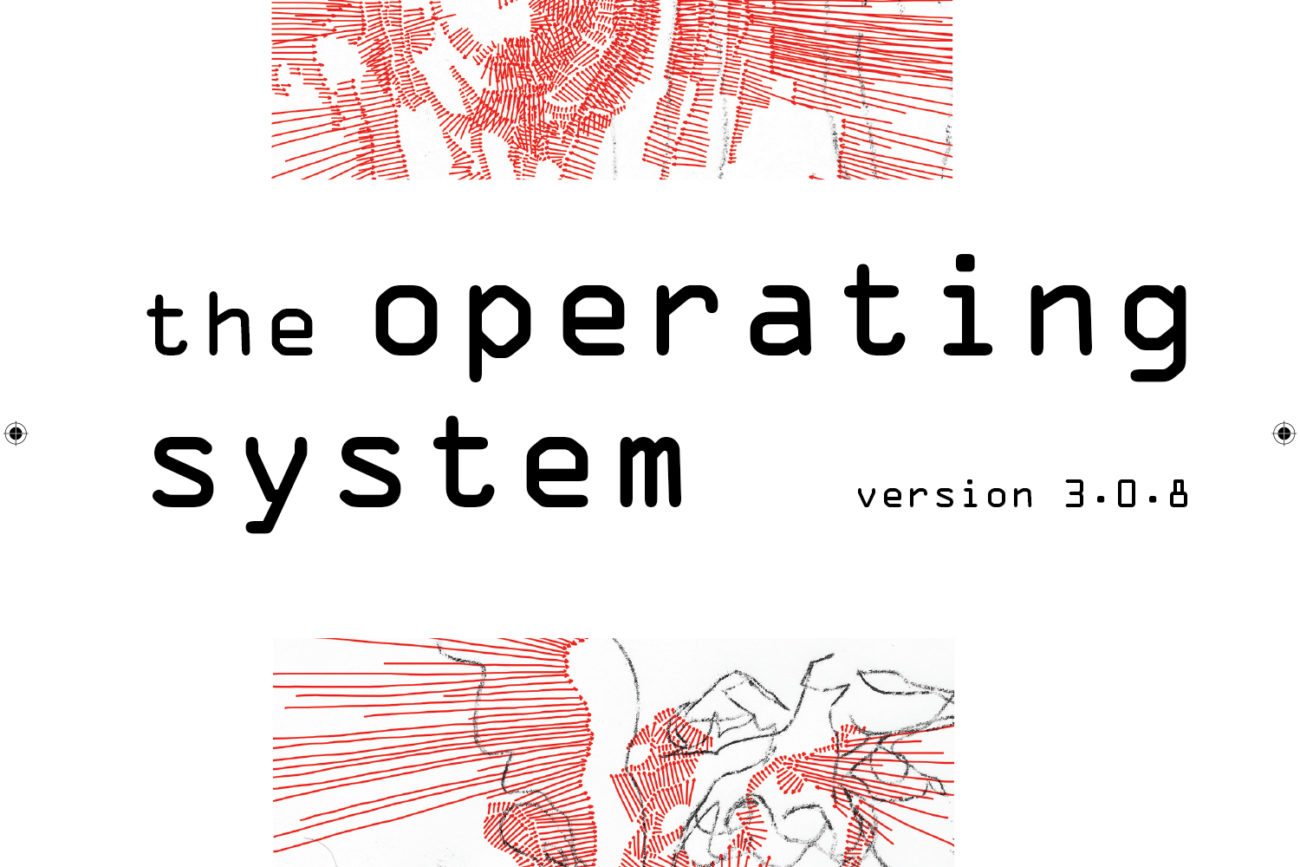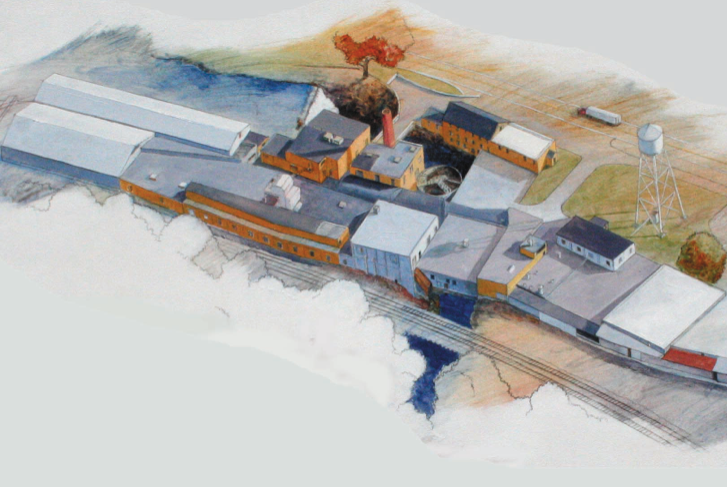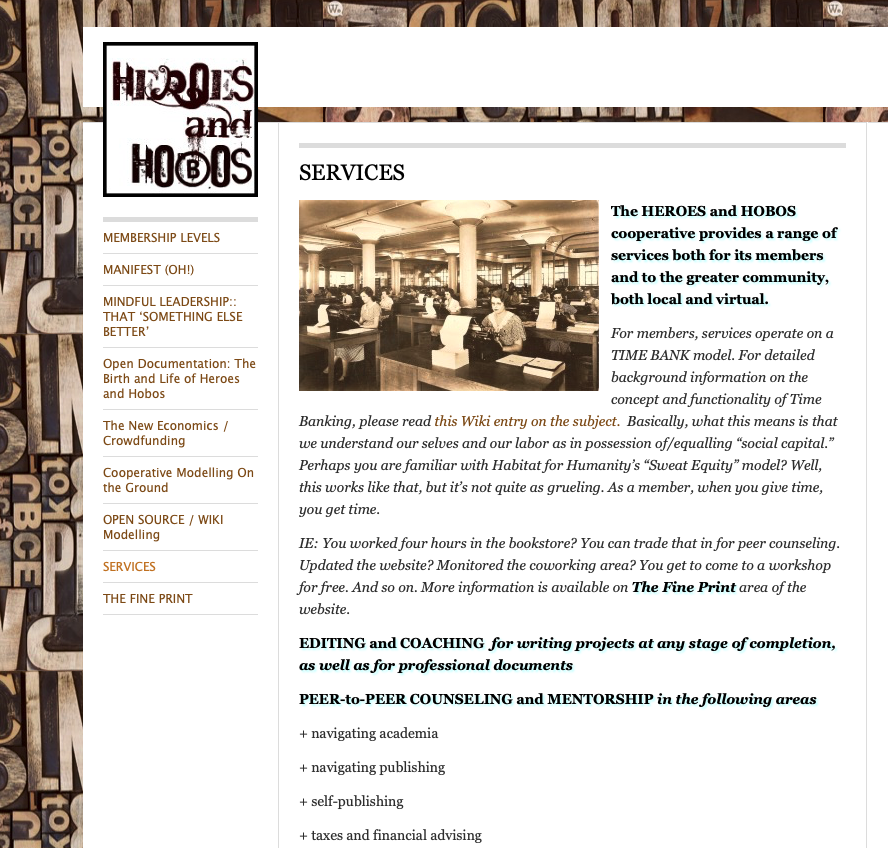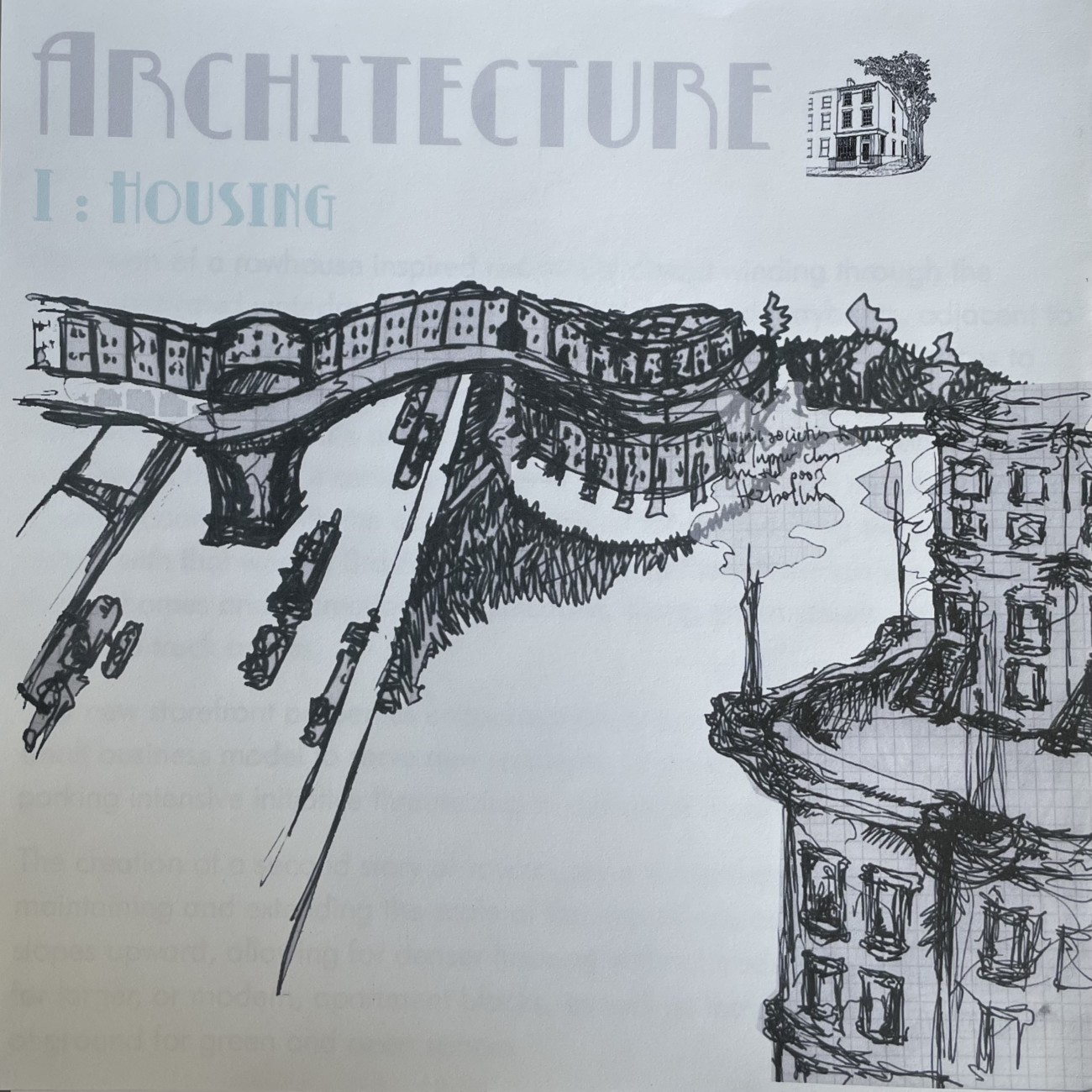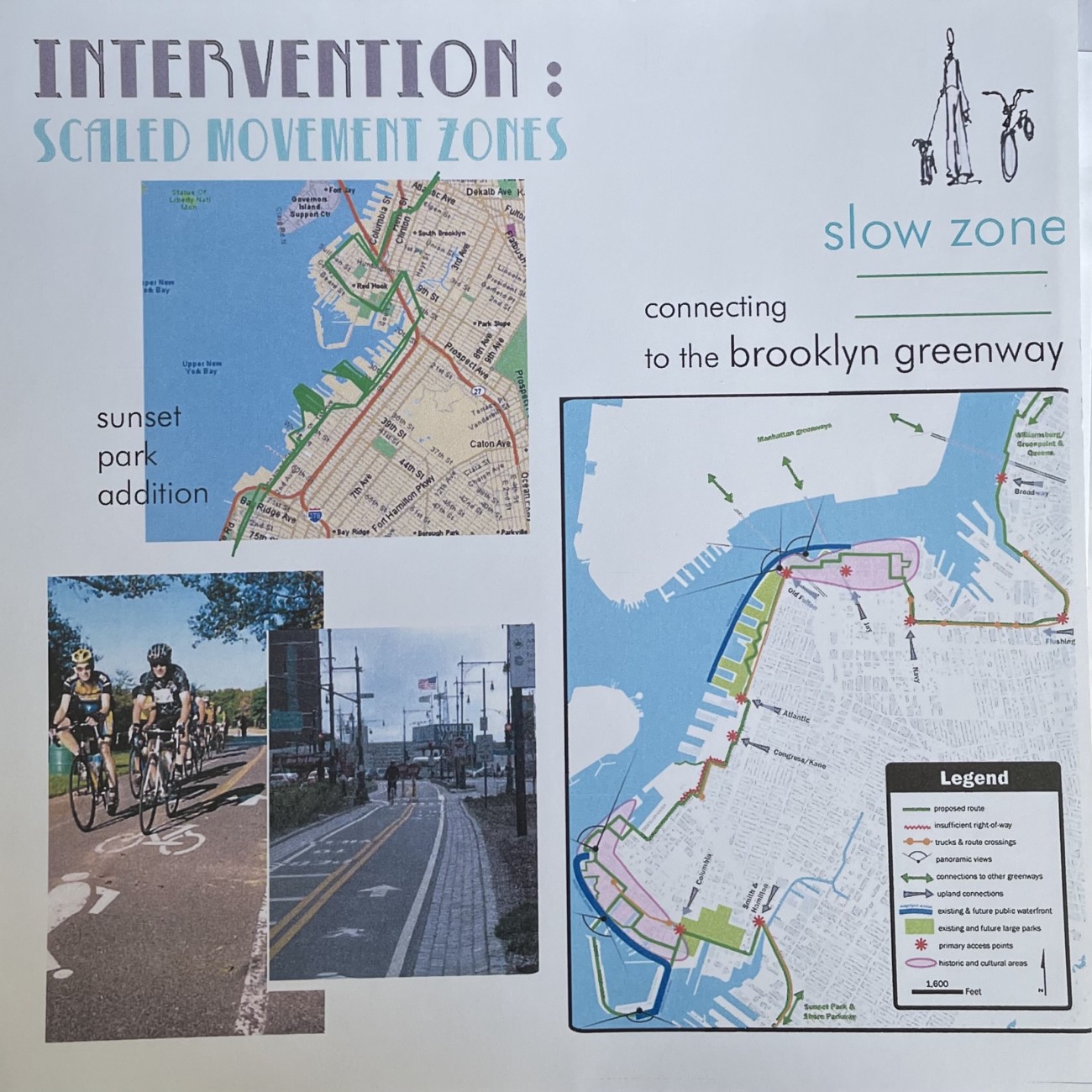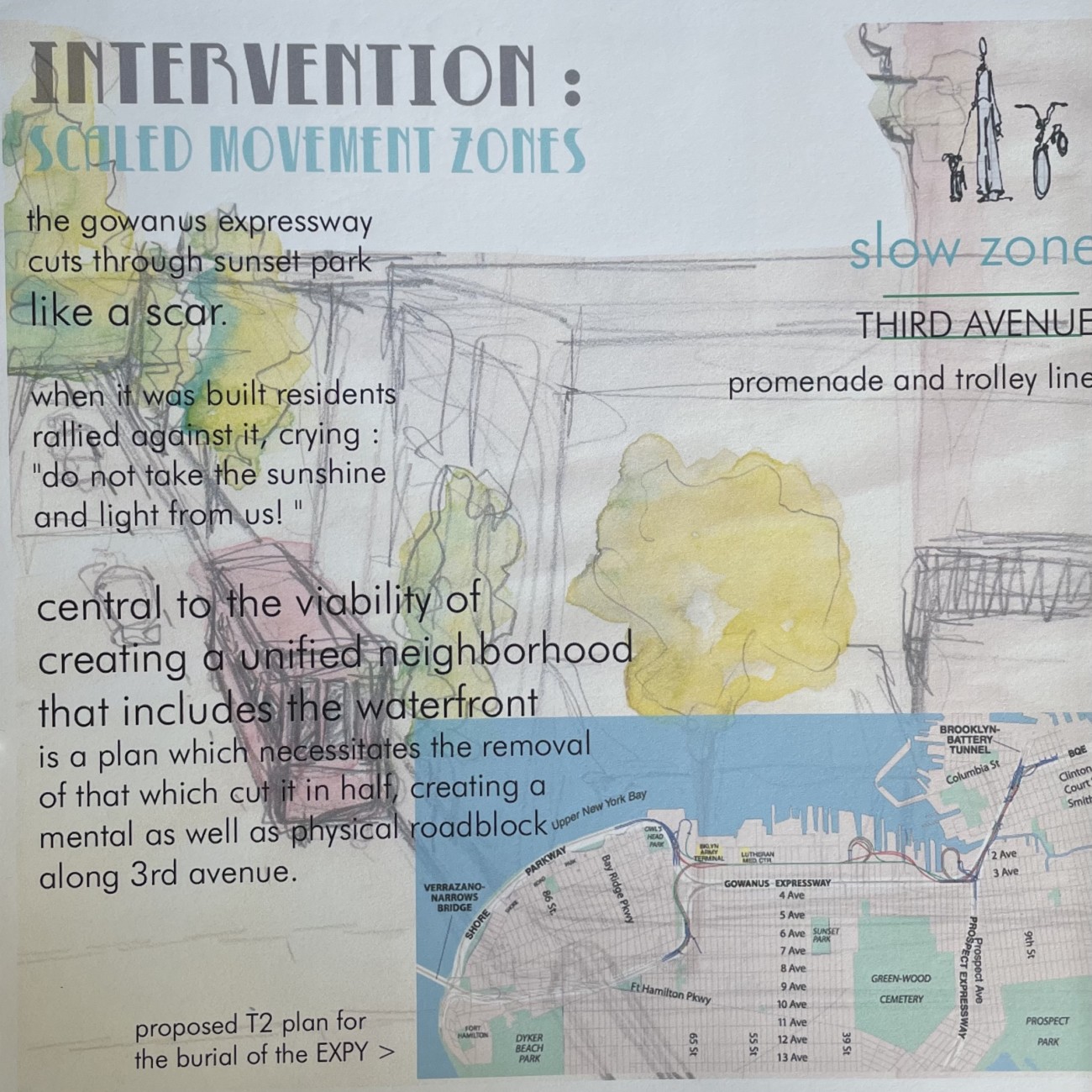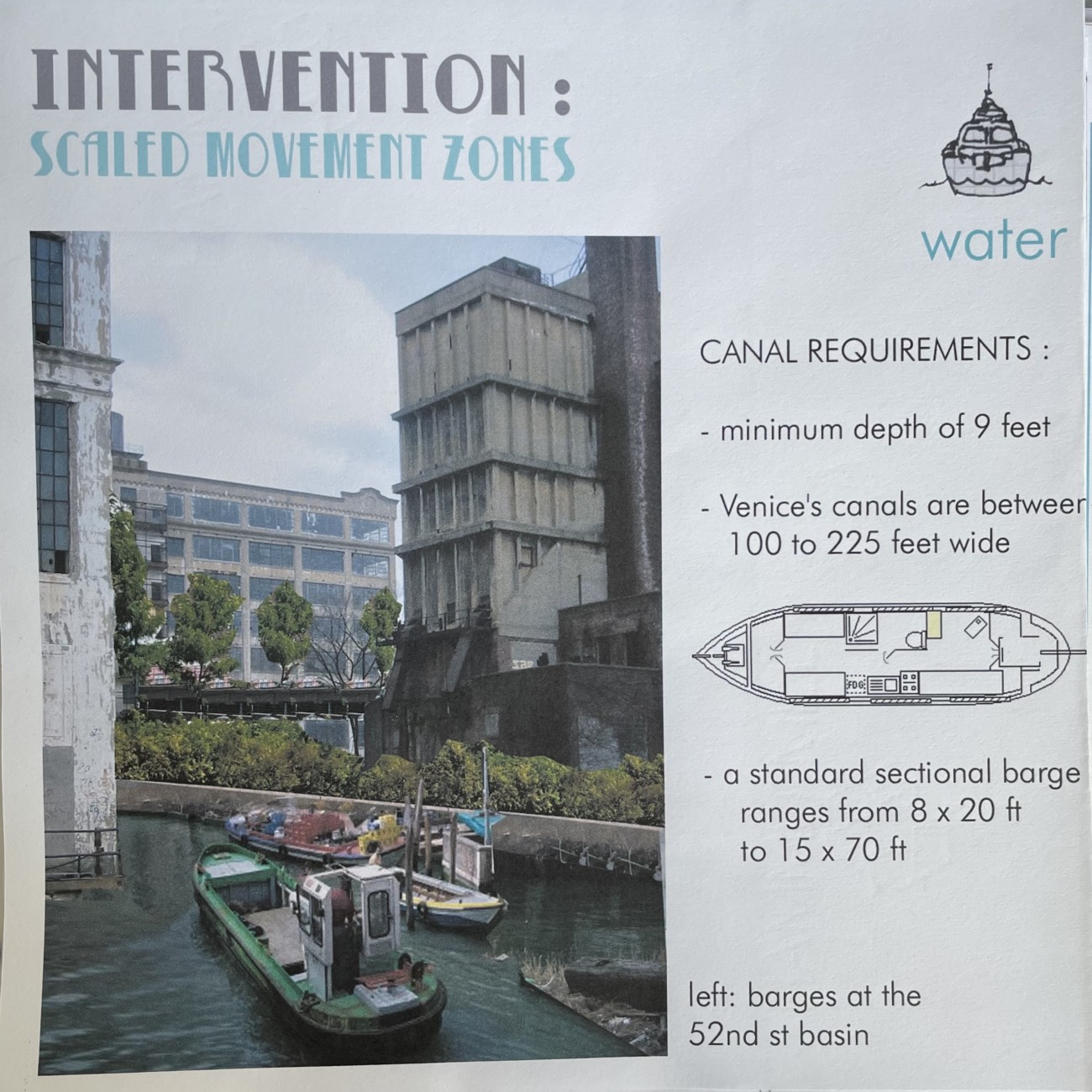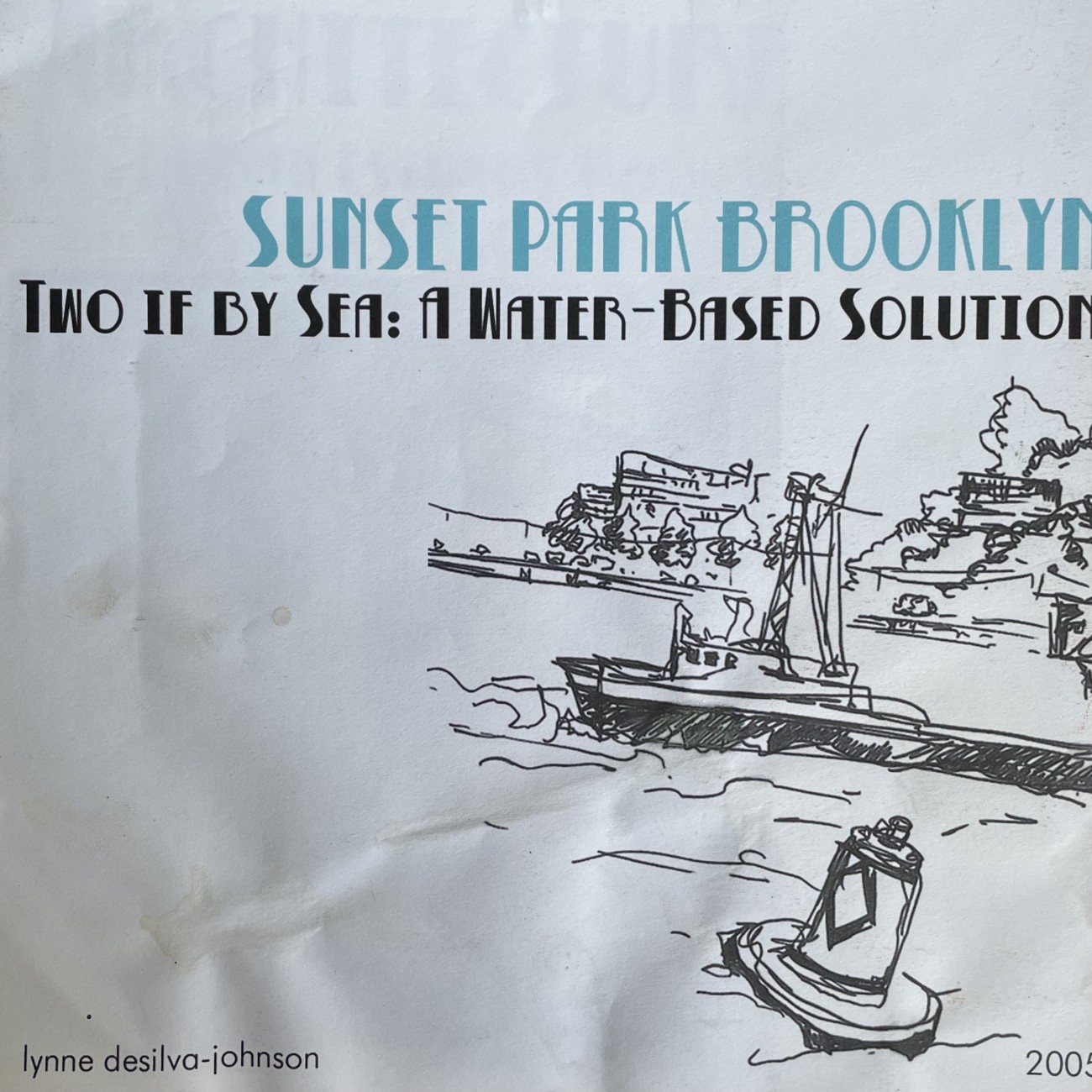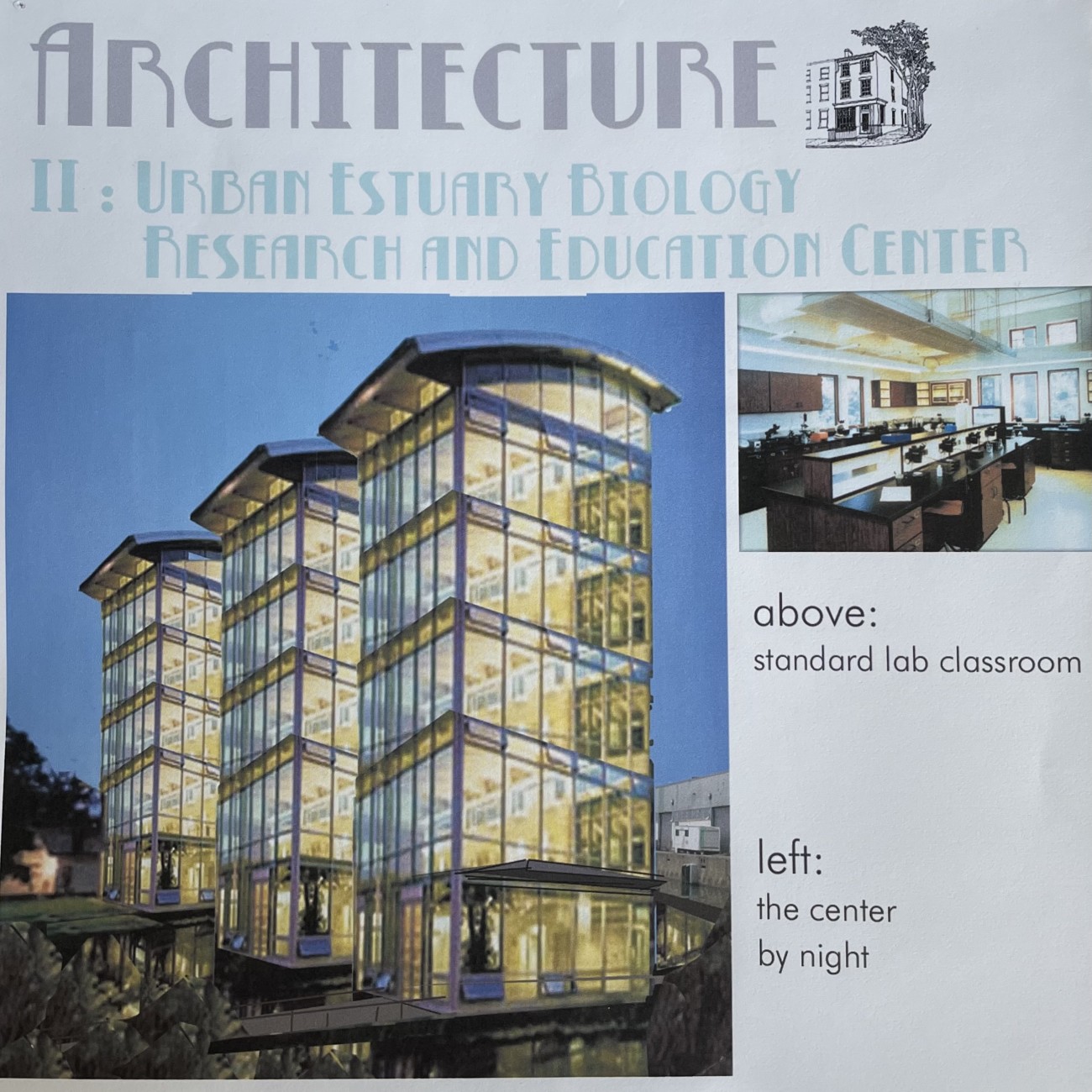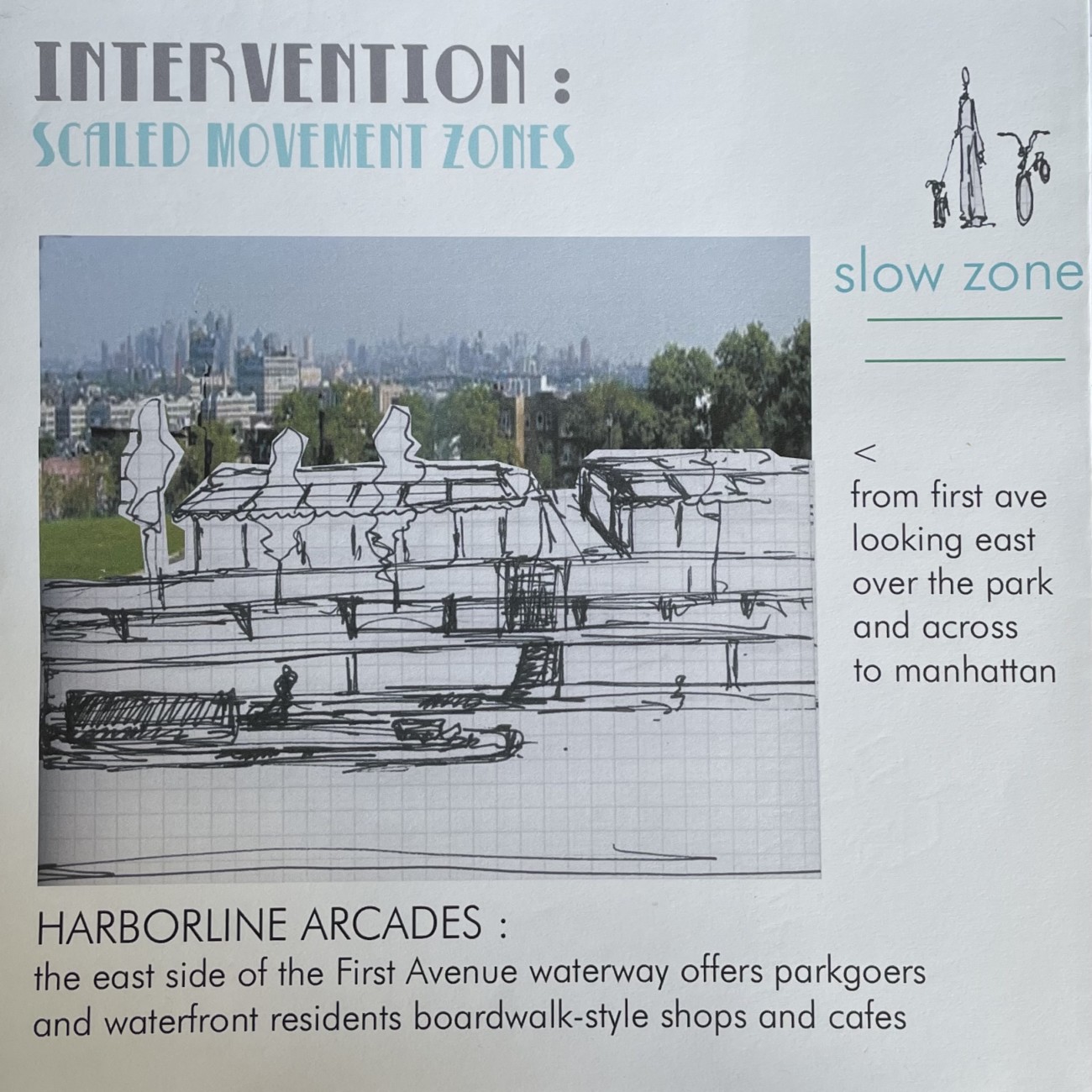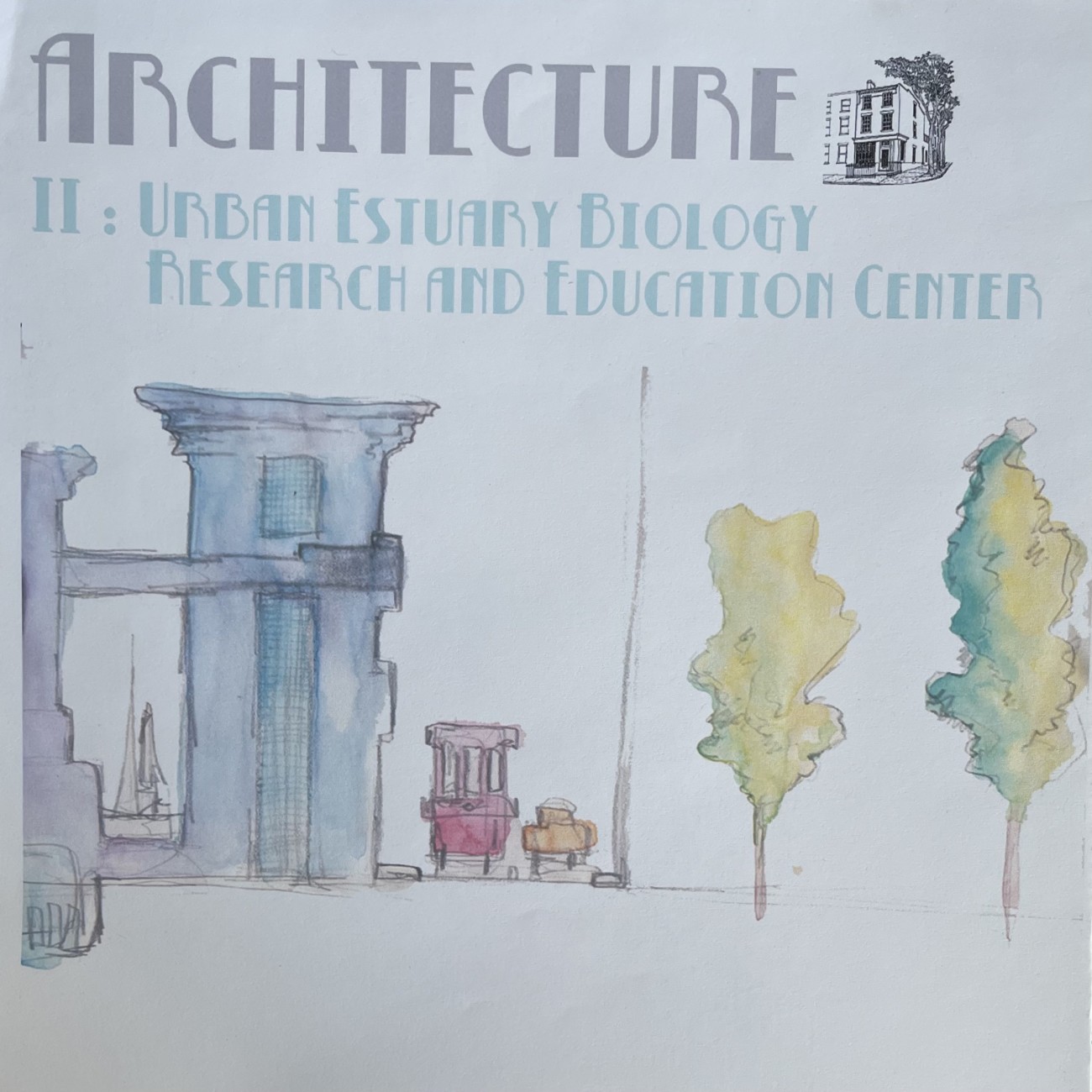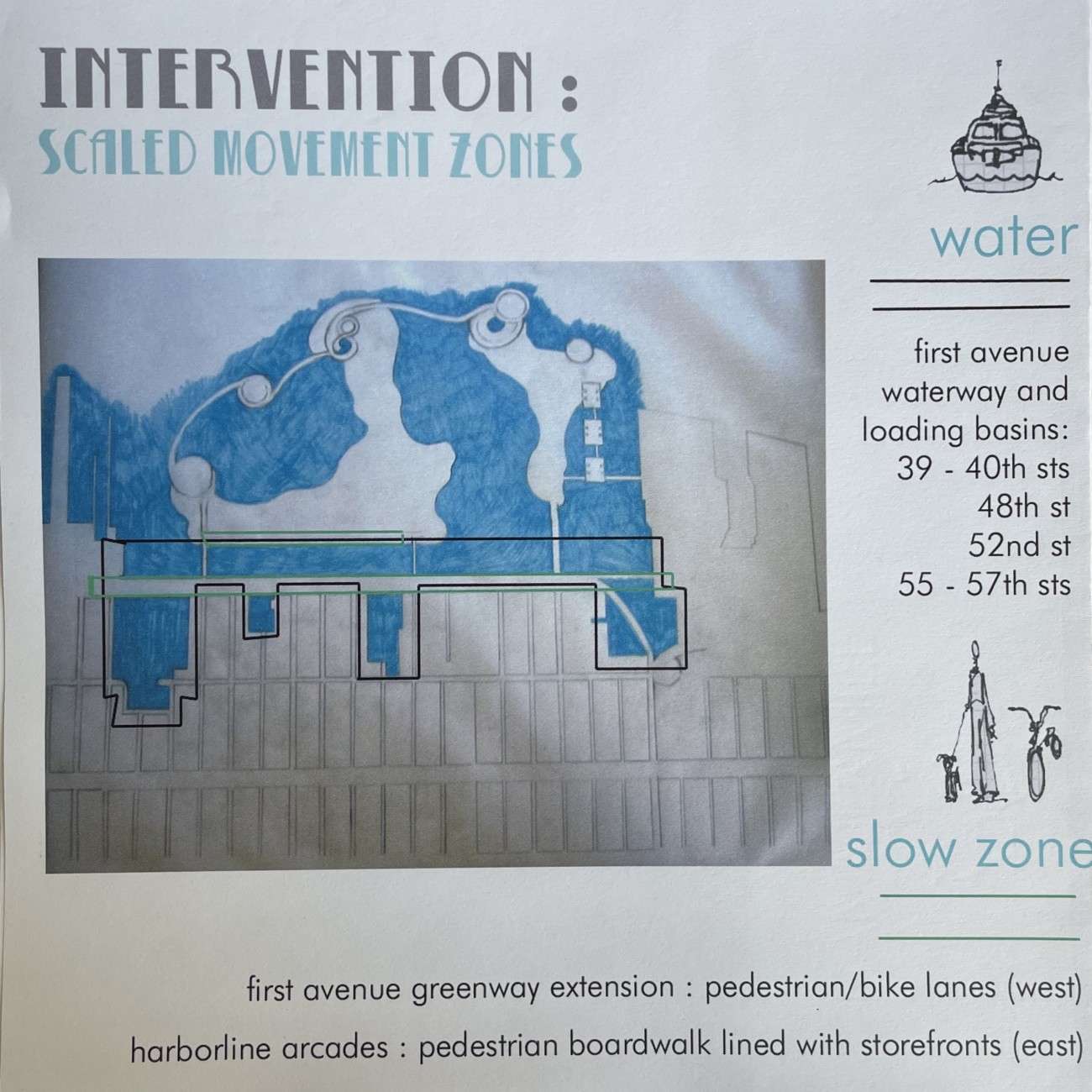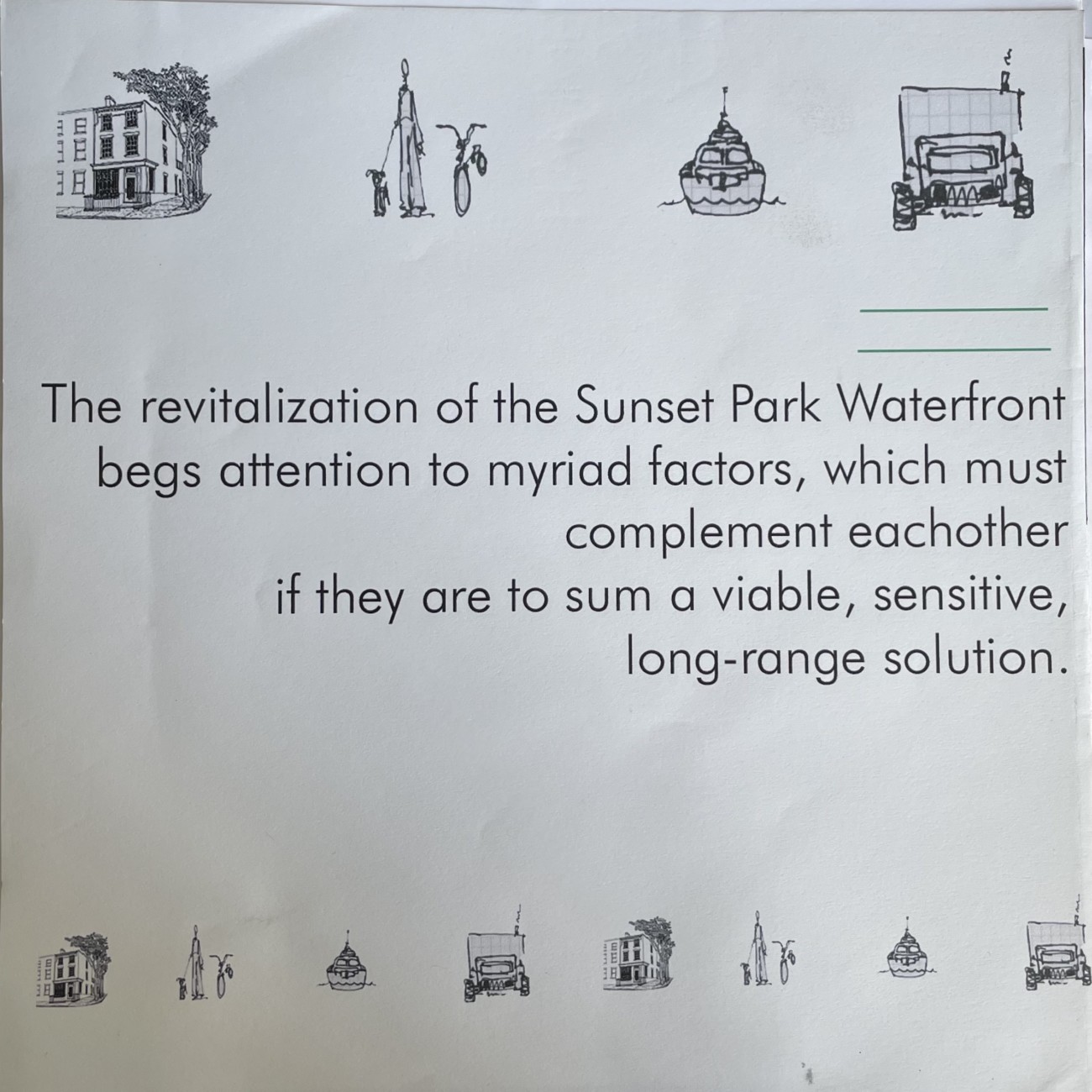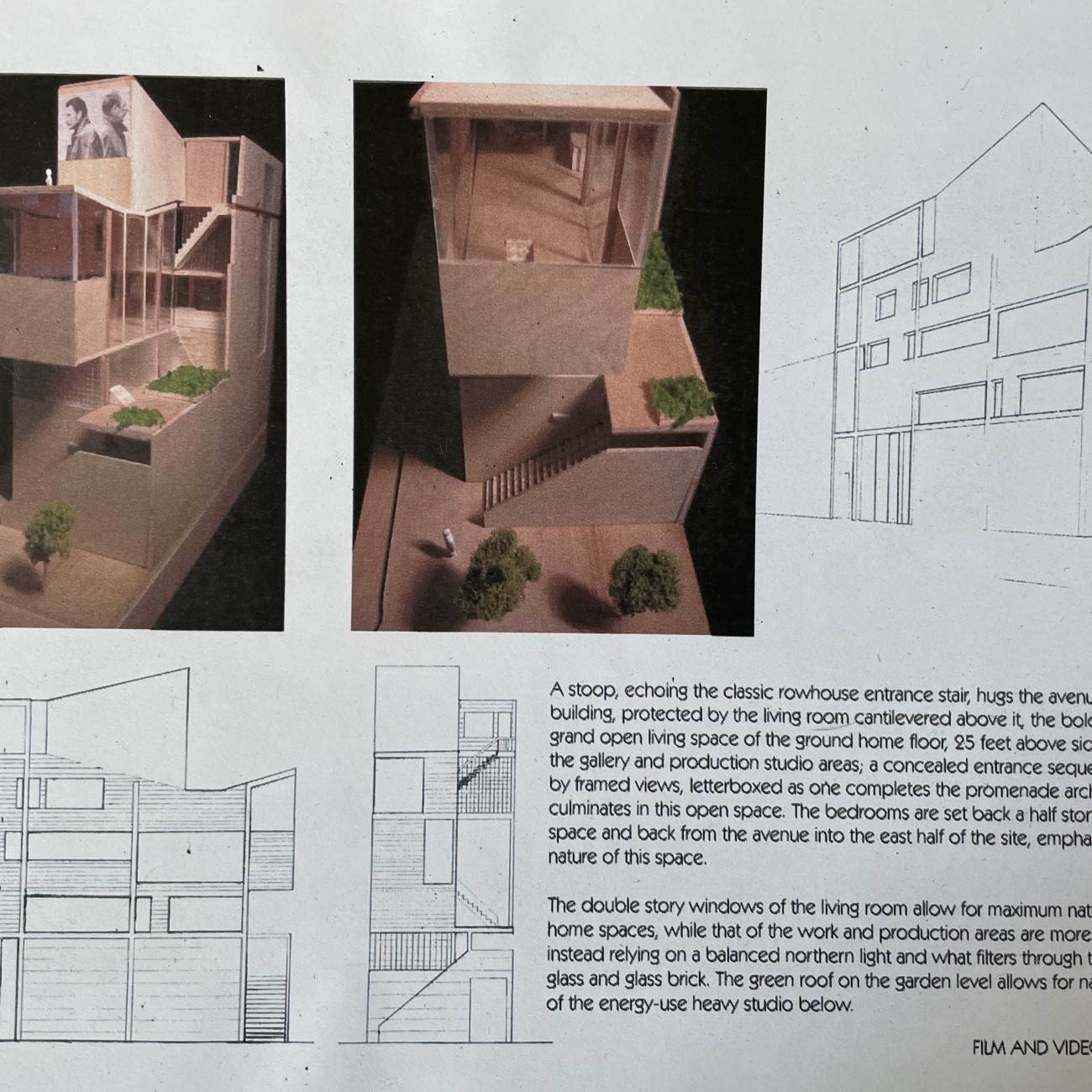A therapist one told me that I “think too much about systems.” Reader,… I fired her.
The point is, though, that I’m pretty much thinking about systems all the time. When I think about my body I think about the ecosystem that the term “body,” loosely represents, and I think about the systems operating in relationship with each other both inside and beyond that body that are required for that body to live and thrive. When I think about language or art or medicine or trauma or education or publishing or meaning I also think about systems: ideological and institutional systems, and how power and money and identity work there, and what it means to understand this. Thinking about–– and ideally, as systems––may in fact be the way we save ourselves and the planet sustaining our species.
Which means that in my practice, more than the making of “things,” I’m driven by a passionate commitment to build systems, tools, and infrastructures – to “show my work,” so to speak, and to translate the learning I do into replicable materials and armatures for others, to facilitate personal, community, and cultural transformation. This work then becomes interventions, programs, objects…well, “things”, and/or takes a variety of forms, but the project that has been the site of the most experimentation for this for over a decade is The Operating System (and, now, Liminal Lab). Which is, essentially, a hyperobject taking the form of a “nonprofit,” as a sort of theater. It also takes the form of conceptual “organizations” or cultural structures that nod to the ways we make meaning, like Future Form, which you’ll find on the INSTALLATION page.
I believe that the intentional crafting and iteration of interpersonal infrastructures is one of the most important legacies we can leave behind as humans. The capacity to document and share our learning, to open source our experience and produce widely available tools for others to access and build on, and leave for the archive, is unprecedented in human history, and it’s impossible to predict how long we’ll enjoy such largesse (given climate collapse). That being said, we may be able to use some of these platforms and technologies to forestall it and prepare ourselves for the years ahead, which promise to continue to offer us as challenging a landscape as the current pandemic, employment crisis, ecological disasters and endless wars of 2022.
THE OPERATING SYSTEM & LIMINAL LAB
Is an experiment in radical social infrastructure building, value-adding, and collective resource production, taking the form of an arts “nonprofit organization.” Its best-known public-facing program is the PRINT:DOCUMENT publishing initiative, a fully creative-commons licensed project producing access-and-archive facing documentation across disciplines, dedicated to amplifying and exhuming innovative creative and critical projects. Particular areas of focus include radical work in translation, performance and art documents, work by trans and queer practitioners, and work from the disability community. Over 150 publications have been produced since 2013, all of which are (or soon will be) readily available for free download from the OS Open Access Library.
I envisioned this project over a decade ago as a tangible exploration of the ways in which creative radical and justice oriented projects could use the open source, agile, p2p technologies and strategies being employed in other communities I was part of, which I saw as potentially revolutionary for resource-scarce individuals and communities making vital work. The concept was developed out of the Creative Coop model I pitched during Occupy (below), combined with some of the infrastructure I had begun to build in tandem with the Exit Strata magazine project I was a founding editor and program leader for. Its intention is to model and share scalable, replicable social infrastructure and tools to concretely offer exit strategy from the clutches of late capitalism.
Its online presence drew as well from my own experience as a blogger and someone involved in online citizen journalism projects since the early 00’s, seeking to up-end hierarchies of reportage in culture and the arts as well as news. Our longest running online series, like FIELD NOTES, come from invitations to the community to join in the sort of auto-archiving I’d been practicing, inflected by ethnographic strategy.
Liminal Lab was founded in 2020 as an open access experiment in all ages peer learning / unschooling. Since then we’ve offered 30+ sliding scale programs by 40+ facilitators, with a fair wage guarantee.
RESILIENCE ACADEMY
is a vision for a radical community teaching and learning infrastructure, originally modeled for the Solaqua solar campus (previously the Columbia Box Board paper mill) in Chatham, New York, in 2012 in collaboration with Occupy Farms, developed at the request of Solaqua’s founder, Jody Rael.
Resilience Academy‘s proposed learning models include:
Earth Stewardship (permaculture/agriculture/ flora, mycelia and fauna study, etc), Sustainable Construction Techniques and Technologies (building/construction, sustainable and bioremediation systems design and implementation), A-empirical Intelligence (Creative Practice and Craft), Embodied Consciousness and Spiritual Resource Building (somatics, mindfulness, peer care, healing and medicine ways), Technologies (working across and with new and traditional technologies for system innovation) and Community Enterprise / New Economic Modeling (learning and implementation of cooperative labor structures, speculative economies, etc).
This project was designed to scale from seed teams that would prepare the physical and organizational ground — for agriculture, residence, and other operations. As each began to address its evolution at Solaqua both as an operational entity as well as a physicalized site, these planning processes would be documented to provide open, iterative guidance for the planning and operation of similar projects elsewhere. The first step within each module was to have been the establishment annd envisioneering of practical considerations: housing for both residents for long and short term (on the grounds) as well as operational space for program learning (within the mill, in most cases). The Earth Stewardship and Sustainable Construction modules naturally begin first, as these can provide both training and Sweat Equity models as some groundwork is laid for the physical plant.
Proposed modules were designed to offer all-ages learn-by-doing programs on a rolling basis, in terms for the purposes of group cohesion, as well as opportunities for a more guild style Apprenticeship model, where committed long-term learners take the program and transition into modular teaching and/or providing oversight/leadership for new learners/visitors.
CREATIVE COOP WIREFRAMING / "HEROES and HOBOS"
Throughout the 2000’s and 2010’s, in conjunction with culture jamming organizations, activist groups, and futurist / peer2peer collectives, I’ve been in countless conversations wherein communal living projects, public land-use and urban agriculture, tool and resource libraries, local currency, and countless other concepts have been iterated, developed, proposed, and sometimes enacted.
My notebooks from these decades are full of countless plans for these concepts. In particular coming out of my Urban Design masters program and in the years following they often took on architectural / housing / neighborhood and other larger scale forms, speculative and otherwise (which follows). Particularly worth noting are the @HOME and Heroes and Hobos concepts, both of which I did pitch and try to establish.
@HOME (developed 2004-06) was a plan for a distributed membership housing network based on the traditional and largely vanished boarding house model, combining private living quarters with shared workspace, dining, agriculture, and dry goods / provisions, offering sweat equity and bartered resources across the network. The creative CO-OP / bookstore / workspace / resource center I modeled around 2008-12 which was pitched within the Occupy community, and briefly known as “Heroes and Hobos,” was envisioned as a membership organization offering labor sharing, a time-bank, collective services, resource center, and more, marrying in person and online platforms.
Note: It is essential to place these visions (with full business plan development and infrastructure wireframing) within the context of my own economic precarity and ongoing chronic illness, without financial support from a family of origin; they were also developed independently while I worked many other jobs. Many were incredibly enthusiastic about joining these projects once established, a cycle I’ve seen repeated many times that plagues the working-class’s move out of service-based, hierarchical economic systems.
URBAN SPECULATIVE and SITE-BASED DESIGN
All of my infrastructure experiments are, in essence, “speculative design”: they represent R+D around potential system planning, developed to operationalize change at a variety of scales in order to facilitate sustainable human operation and habitation. Sometimes these projects and proposals are explicitly spatial / site based, including full architectural, utility, transportation, and ecosystem design, including those for potentially punishing future climate scenarios. Many of these projects, including “Two if By Sea: A Water-Based Solution,” (2005) compiled drawings and plans with research, text, and other two-dimensional media into book form, intended to be accessible either in publication or presentation format. Some include models and full scale drawings, and many are rendered using mixed media, in particular water color (a precursory nod to the speculative mapping paintings of 2021-22).
The ways in which these books / projects are organized, with iconographic diagrammatic information for nonlinear, indexical identification and wayfinding across modes of representation and display, is seen throughout my Formal / Document Based Tool, Archive, Lab and Field projects, as well as in book and curatorial design, most recently for [Move Semantics] at EFA.
Two if By Sea plays on the “water-based” solution offered in a mix of digital and watercolor renderings, proposing scaled movement zones, increased industrial water-based traffic, the burial of the Gowanus expressway, a locally inflected development of low income housing, attention to small industry, and the implementation of an Urban Estuary Biology Research and Education Center providing bioremediative shoreline work for this and adjacent regions, as well as training for local and regional students and residents.

